2024 Paragliding Festival Ends with a 49% Surge In Attendance
Accra, 3rd April 2024
The 2024 Paragliding Festival wows spectators with a total of 138 Tandem flights and 24 Solo flights with a record-breaking 7,463 attendees this year. This represents a 49% surge in attendance compared to the previous year.
Throughout the festival, 7 skilled tandem pilots hailing from various countries, including the USA, Japan, Peru, Ghana, and Germany, took passengers on unforgettable journeys through the skies. Notably, Ghanaian Solo Pilot Isaac Mensah achieved a personal milestone with his first successful Solo flight, soaring from the Odweanoma Mountain to touch down safely at the Nkawkaw Stadium.
The economic benefits of the Paragliding Festival extend beyond the thrill of flight, significantly impacting the local tourism and hospitality value chain and economy. As the festival continues to attract a growing number of spectators and participants, it creates opportunities for local businesses, from accommodations and food vendors and transportation services. The influx of visitors not only generated revenue for the immediate Kwahu community but also fosters job creation and boosts tourism-related businesses in the region.
The event’s success is evident from the escalating number of spectators, signifying a growing interest in the sport of paragliding. With the flights captivating the audience and creating lasting memories, the 2024 Paragliding Festival emerged as a must-visit attraction, with CEO of the Ghana Tourism Authority, Mr. Akwasi Agyeman, attesting to the enhanced safety measures and overall improved experience at the site.
The Ghana Tourism Authority expresses appreciation to all the stakeholders especially the Kwahu Traditional Council and the Kwahu South, East and West Assemblies.
ISSUED BY: CORPORATE AFFAIRS DEPARTMENT
Ghana’s Lost Historic Mosques
This is an article by Baptist Missionary who explored the historic sudanese mosques in the northern part of Ghana. The article explores the origins of the mosques to why some have disappeared
This is the last in of a series of posts about Ghana’s only six remaining historic mud mosques built in the Sudano-Sahelian architectural style.
When I embarked on my project to visit the last of Ghana’s mud mosques, I thought I would be seeing nine according to the Ghana Museum & Monuments Board website. Unfortunately, there are only six still standing and in use: Larabanga, Banda Nkwanta, Nakore, Maluwe, Bole, Wuriyanga.
How Many Mud Mosques did Gold Coast/Ghana Have?
 A century ago, every mosque in the north was made of mud simply because that was the primary material used. Look through archival images from the early colonial era and every mosque is some sort of variation on the Sudano-Sahelian* style.
A century ago, every mosque in the north was made of mud simply because that was the primary material used. Look through archival images from the early colonial era and every mosque is some sort of variation on the Sudano-Sahelian* style.
Rudolph Fisch’s images of Mamprugu in 1910 show the Gambaga mosque as a white-washed mud structure in the Sudanic style. Famed American modernist photographer Paul Strand shot a mud mosque in Tanina, Ghana on his 1964 photographic tour of the country that culminated in the incredible book “Ghana: An African Portrait.” Additionally the British National Archives contain images of mud mosques in 19th century Bimtuku (though it’s hard to determine where that village is and it’s possible the images are of Boundoukou, Cȏte d’Ivoire).
Why Have Ghana’s Mud Mosques Disappeared?
There are several factors that have made these mud mosques so rare today. The primary reasons are of function:
- This mud architecture requires thick walls and supports which don’t actually leave much space inside for worshippers. A mosque like Nakore‘s could only hold about 25 people during prayers. The large Woriyanga mud mosque might accommodate 60 or 70 at most. As followers of Islam increased in number in northern Ghana, the mud style of building was no longer practical.
- Newer materials like zinc roofing and cement cinder blocks allowed for much larger mosques that were less labor intensive and required less maintenance (mud mosques need to be re-plastered annually).
- The art of mud construction has been lost as the newer generations of builders are using the newer aforementioned materials.
And finally, the mosques disappeared because their style fell out of fashion. The old, “primitive” styles were abandoned for modern, “civilized” buildings modeled after the modern mosques seen in images from the Middle East and North Africa.
It’s only in recent years that interest in these mud mosques has been revived as they are now seen as historical landmarks and cultural treasures.
The Most Recent Mud Mosques to be Lost
I mentioned that I expected nine mosques but only saw six in any decent condition. Here are the ones that have recently been razed or are in pitiful ruin.
Dondoli Mosque, Wa
Named after the neighborhood in which it stood, the Dondoli mosque in Wa is hard to find. It has been abandoned and in ruin for so long that most people don’t even know what you’re talking about if you ask bystanders for directions. When we finally got directions, we had to walk through narrow, winding alleyways in the dense residential neighborhood to reach it. Its lack of visibility has probably hurt its chances of being restored as a historic and tourist attraction.
Luck would have it that when I visited the crumbling structure in April 2018, an old man passing by stopped to chat with us. His name was Malaam Fuseini and he explained that his great-grandfather Karimafa migrated to Wa from Mali and built the mosque. Fuseini claimed that the mosque was originally named after its founder – Karimafa Mosque.
Another interesting story Fuseini shared was that his grandfather Lumaam Mahama took a pilgrimage to Mecca. He says it took him 22 years to walk and work his way to Mecca and back. When he returned he brought with him a complete Qur’an for the community.
Today, the Dondoli neighborhood (also known as Fa Muni?) has the standard, large, block mosque to serve its members. At the time of my visit they were also in the middle of constructing a muslim community center next to the old, mud mosque to hold meetings, weddings and other community events.

Wechiau Historic Mosque
The old mud mosque in Wechiau is barely standing today and no longer in use. It’s a shame because with the nearby Wechiau Hippo Sanctuary bringing in visitors, this architecturally unique structure could generate some income from tourists. As it stands in 2018, it looks pretty much irreparable.
Of all the mud mosques I’ve seen in Ghana, this one had a most unique design that seems to be a mashup of both the Sudanic and Djenne architectural styles. It had buttresses like Sudanic mosques but only one tower (now collapsed) like the Djenne style seen in Woriyanga, Ghana. Looking at the interior, it seems that the columns were much too small and spaced out to support the flat mud roof. After the initial collapse of the roof, it was replaced with zinc but eventually the building fell in to disuse as the newer, larger mosque was built just behind it. Traditionally, unused mosques are not demolished but instead are just left to elements.
I’ve searched online for images of the mosque before it had fallen into disrepair but couldn’t find anything. It may be that it has been abandoned for a few decades.
Dakrupe
This small village between Bole and Larabanga is still listed on the GMMB website as having a mosque. However, the Maluwe mosque’s imam informed me that it was destroyed nearly a decade ago to make room for a larger, modern cinder-block mosque. I’ve not been able to find any photographic evidence online of the Dakrupe mosque.
I should also note that the Maluwe imam mentioned that the village of Mandari also used to have a mud mosque that was destroyed in his lifetime. Again, I haven’t been able to confirm that or find any record of its existence.
“Sudano-Sahelian” can be a confusing term today because it sounds like it is associated with the East African country of Sudan. The term however comes from “French Sudan” which was France’s colonial territory in West Africa from around 1880 to the 1960s. The French, in turn, used the name “Sudan” because West Africa, south of the Sahara and north of the forested coastal regions, features a geographical region known as Sudanian savannah (or Sudanian grassland). Therefore, the architecture of Ghana’s Sudano-Sahelian mud mosques are not related to any tradition from Sudan or East Africa.
Source: William Haun
8 Historical mosques with similar architectural design
The most popular ancient mosque in Ghana that attracts lots of tourists is the Larabanga mosque. This mostly due to its unique architecture and era it was built.
However, the Larabanga Mosque is not the only mosque in the country that is worth all the hype. There are many equally amazing mosques (8 to be exact) scattered around Ghana which are similar.
Most of the communities of the regions of Northern Ghana, especially the Northern Region, are Muslim. Islam, which first entered Africa in the 10th Century AD, progressed from Egypt towards the western and the southern parts along the gold trade routes during the trans-Atlantic slave trade period.
In Ghana, these trade routes were used by Mande warriors, Islamic Traders and Missionaries. Occasionally, these routes were marked by incursions by the Almoravids, a Berber Dynasty, which played a major role in the spread of Islam in the area. These mosques were constructed to serve as rest points for the Islamic traders along the routes, and in conquered territories people were converted to Islam. Some of these mosques still exist today and date back as far as the 17th Century AD.
Let’s take a look and see if you agree with us.
1. Dakrupe Mosque
Interestingly, this mosque is very close to the Larabanga mosque but it has been absolutely abandoned as a tourist attraction although it is still in use. The mosque was built in the 19th century and it shares some features with the Larabanga mosque but it’s a little smaller.
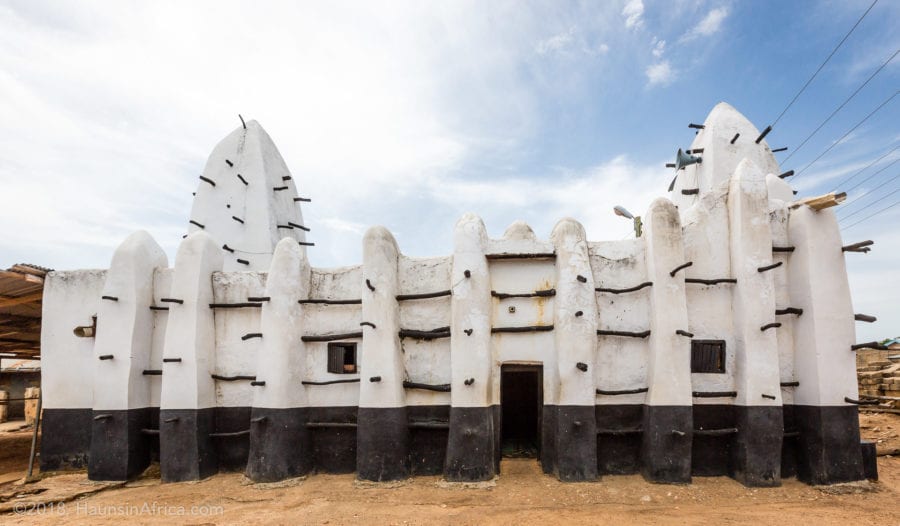
Read more:
2. Banda Nkwanta Mosque
This particular mosque is taller than what we have at Larabanga due to it’s higher parapets. It is situated at West Gonja District in the Northern Region.
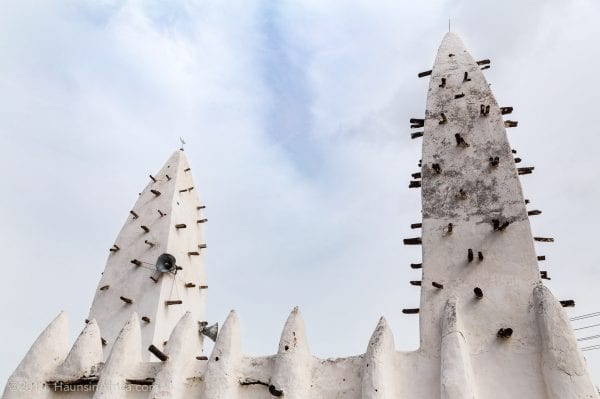
3. Nakore Mosque
The Nakore Mosque is located in the Upper West Region and also shares similar features with the Larabanga mosque, but unfortunately, little is known of the place.
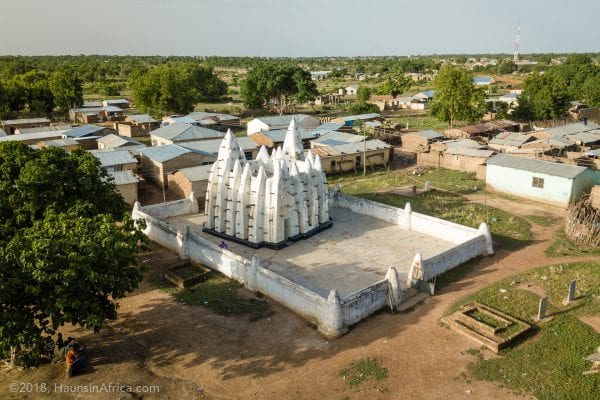
Read More: Ghana’s Historic Mosques: Nakore
4. Maluwe Mosque
Maluwe Mosque is in the Northern Region, on the way to Bole, in the West Gonja District. It’s parapets are huge and bigger than what’s at Larabanga and appears to be cleaner.
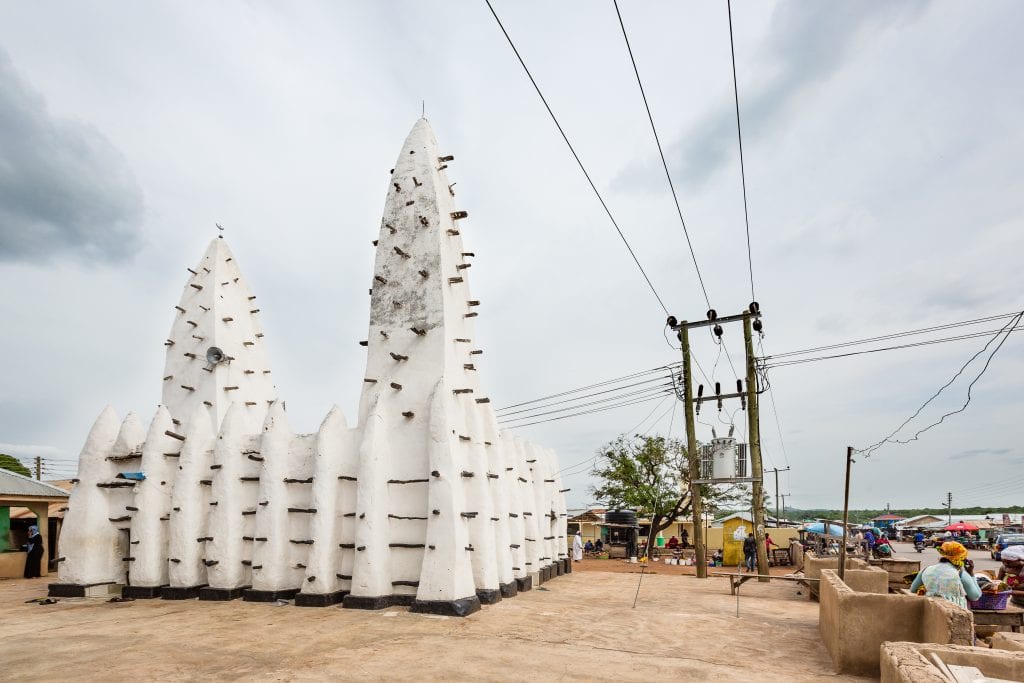
Read more: Ghana’s Historic Mosques: Maluwe
5. Wuriyanga Mosque
This 19th Century mosque is in the Upper East Region, beyond Garu, near the Togo Border. It is currently undergoing restoration works by the local community.
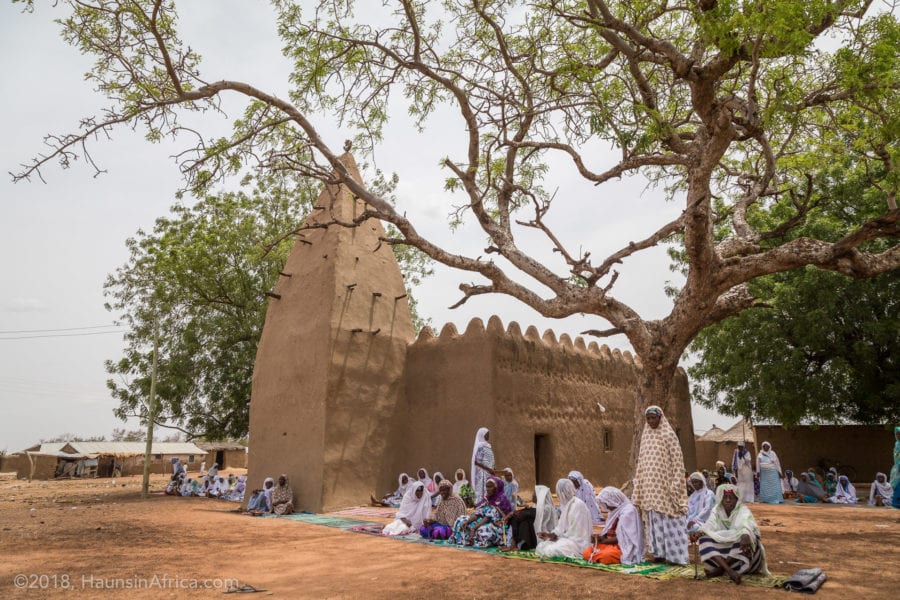
6. Wechiau Mosque
This mosque is located in the Upper West Region and has identical features as the Larabanga mosque. However its design is more of the Sudanese style than the Djenne type.
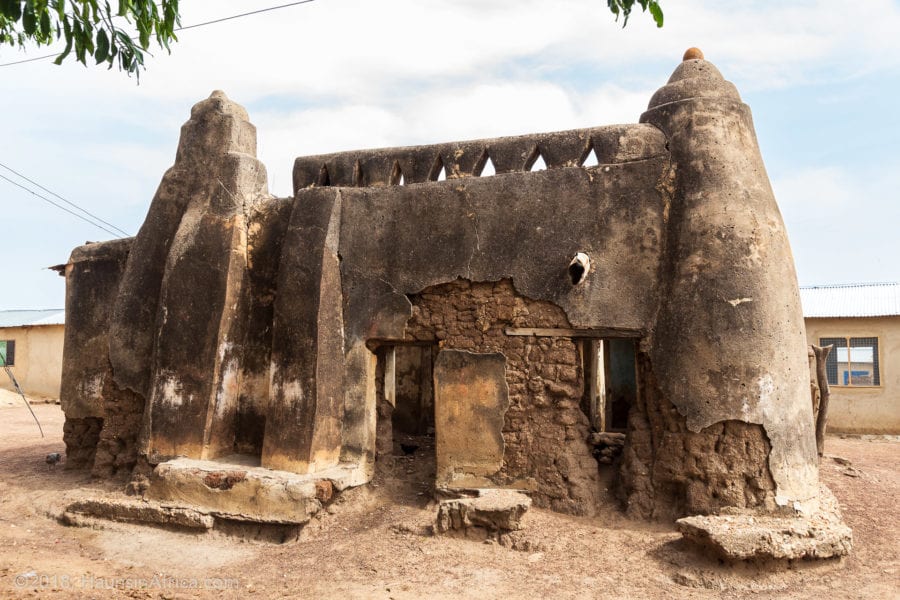
7. Dondoli Mosque
This 19th Century mosque is in Wa, the capital of the Upper West Region.
8. Bole Mosque
Bole Mosque is in West Gonja District, in the Northern Region.
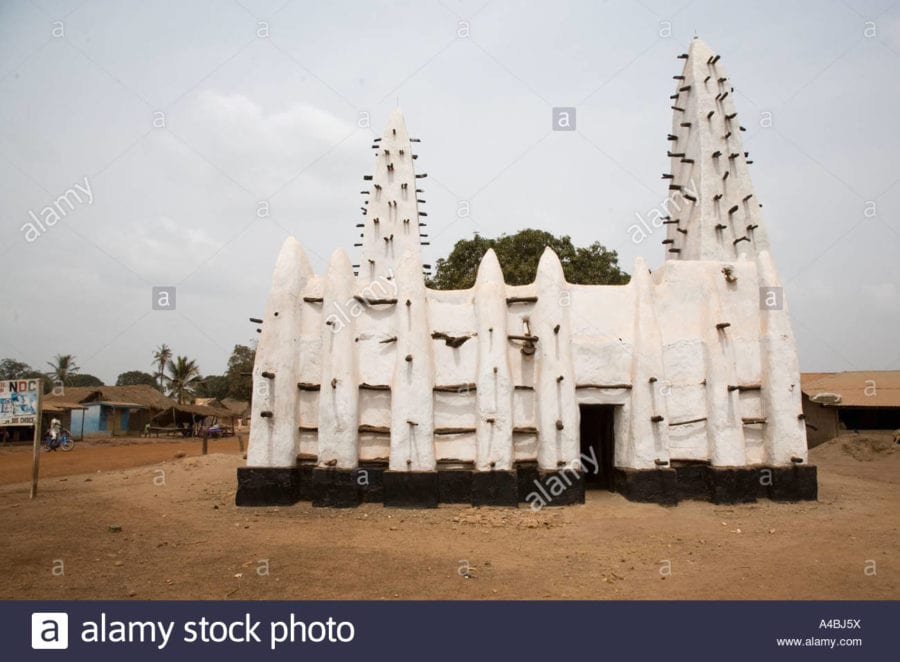
KOFI AKPABLI WRITES, ‘PANAFEST IN THE YEAR OF RETURN’
Powered by a development agenda, and as old as Ghana’s democratic dispensation, PANAFEST is undoubtedly a key stakeholder in the “Year of Return“. The festival emerged on the Ghanaian scene in the early 1990s with a message, which has remained relevant- celebrating the essence of black people and re-uniting Africans with those in the diaspora.

Today, not only has the event demonstrated staying power, it has remained the reference point for African Diasporans returning home to the motherland. More than that, PANAFEST has sustained diverse platforms as well as partnerships to confront the rather difficult conversations around Africa and the Trans-Atlantic Slave Trade.
Marcus Mosiah Garvey is famed for the idea that all people of African descent should move back to the continent to partake in the development process. Since then, successive Heads of State in Ghana have initiated actions and policies to attract Diasporans back to Ghana. In his independence speech, Osagyefo Kwame Nkrumah envisioned an African liberation anchored on the idea of people of African descent coming back. Ghana, as a result, is the home and resting place of several Pan Africanists, most famous among whom are W.E.B. DuBois and George Padmore.
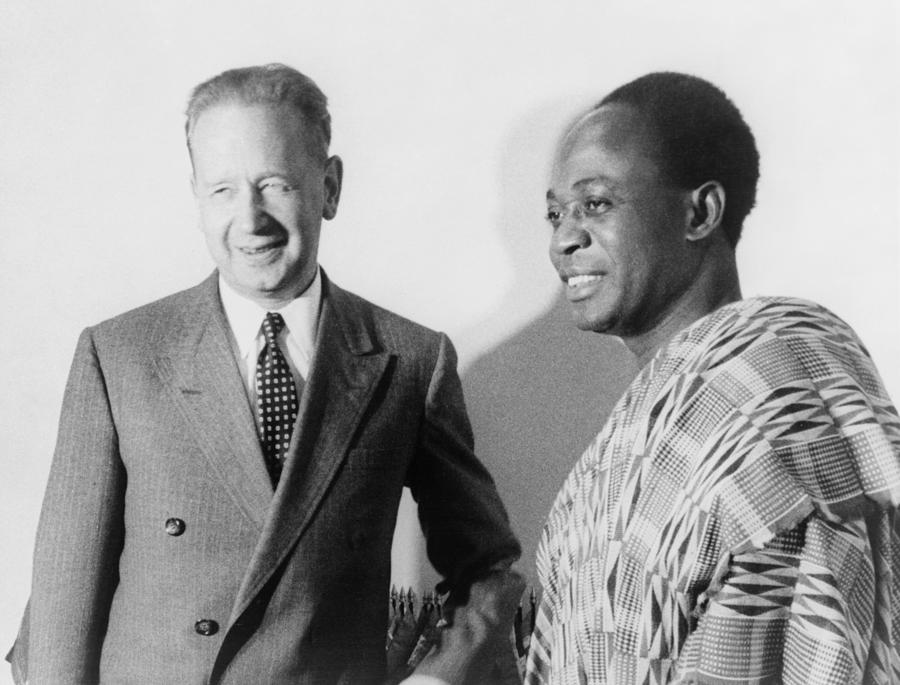
Another example is the Immigration Act of 2000 under the Rawlings regime which provides for a right of abode for any “Person of African descent in the Diaspora” to travel to and from the country without hindrance.
By declaring 2019 as the “Year of Return,’’ President Akufo-Addo seeks to reinforce Ghana’s credential as the hub of Pan Africanism. Coincidentally, the ‘’Year of Return‘’ is a celebratory year for the biennial PANAFEST event. This article broadens the perspective to prove that the “Year of Return’’ and PANAFEST itself are reverberations, set to roll by precursors within the local as well as a global arena.
Take local literature. In the 1960s when Ama Ata Aidoo wrote the Dilemma of a Ghost, a play that was first put up at Commonwealth Hall, she was a proponent in the movement that was generating debate on the place of African Americans in Ghanaian society.
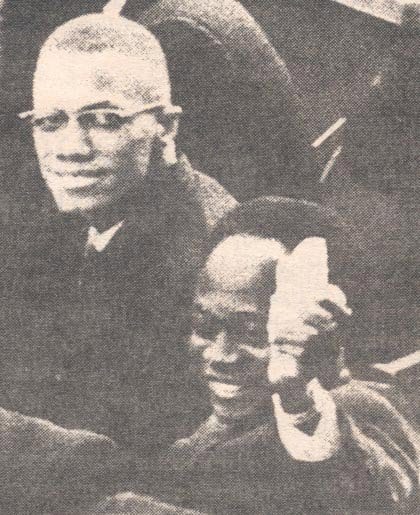
When in 2013, the United Nations Declared 2015-2024 as the ‘’International Decade for People of African Descent,’’ many communities in Africa and within its Diaspora might have yawned it away as another officious sloganeering. To cap it neatly, the theme for the ten-year celebration is “People of African descent: recognition, justice and development.” Overambitious and nice-sounding, huh?
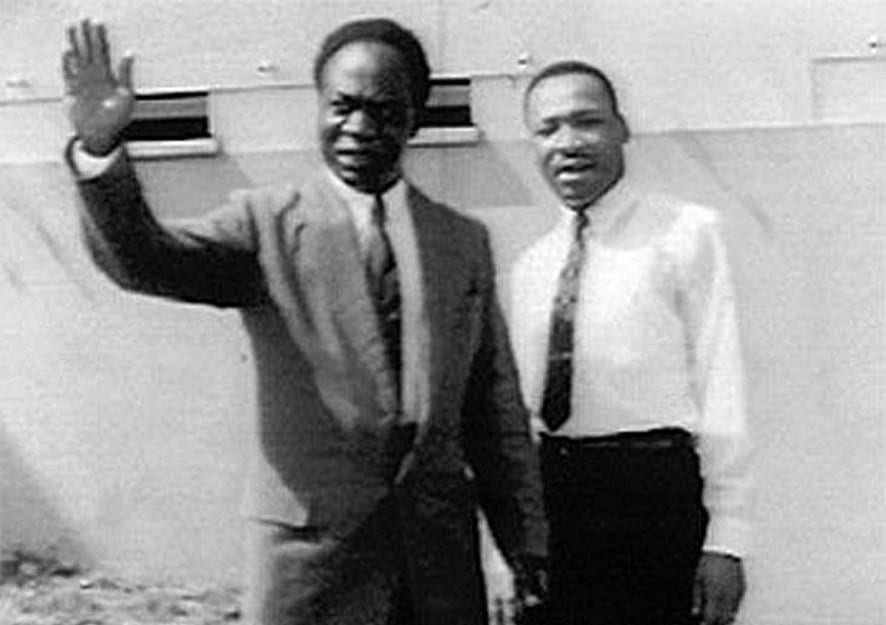
This skepticism may not be misplaced. The history and politics of the Black man’s story have become a bit too complex for one stroke of bureaucratic cosmetics to cause a difference. As America, for example, has demonstrated, racism is not stopping anytime soon and the light of black power is still not appearing at the other end of the tunnel. The foregoing and other developments notwithstanding, events seem to be coming together to generate positive discourse since the United Nations declaration.
Incidentally, Ghana’s ‘’Year of Return’’ happens midstream of this UN decade. The question is how does a forum such as PANAFEST engage? Originally dubbed the Pan African Theatre Historical Festival, the concept was birthed in the early 1990s into a world grappling with its own new and emerging status; a world, which could barely catch up on the series of epochal developments that were re-defining it.
On a February day in 1990, Mandela had walked out of jail after 27 politically charged years. A couple of months later, the Iraq War had broken with Allied Forces reminiscent of Allies in the Second World War. The prayer was that the adventure would be quick and over with. Meanwhile, a certain Charles Taylor was leading a horde of hinterland rebels on their march towards Liberia’s seat of Government.
For such a turbulent period, perhaps it was for comic relief that, Cameroun proved at the FIFA World Cup, that Africa could sting and, courtesy Roger Milla, could dance to boot. Christmas the following year gave us the shocking gift of a USSR empire crumbling to impose the uncertainties of uni-polarism after nearly five decades of a Cold War. One could surmise that the 1989 fall of the Berlin Wall had foreshadowed it. And, oh, by this time CNN had appeared on our local screen, dazzling us as the first 24-hour news channel in the world.
Also Read: CNN Lists Ghana as place to be in 2019
On the local front, Ghana was inching towards a return to democratic constitutional governance. By 1991, the nation was at the cusp of ending a decade long military rule. Around the same time, a brand new National Theatre had been built courtesy, the Chinese (Now we know that it was not quite ‘surprise, surprise’).
Well, that was the era PANAFEST chose to burst onto the scene. We were soon to learn that the concept was long coming from the visions and propositions of Efua T. Sutherland, dramatist cum Pan-Africanist whose daughter Prof. Esi Sutherland-Addy is today working with others to steer the affairs of PANAFEST.
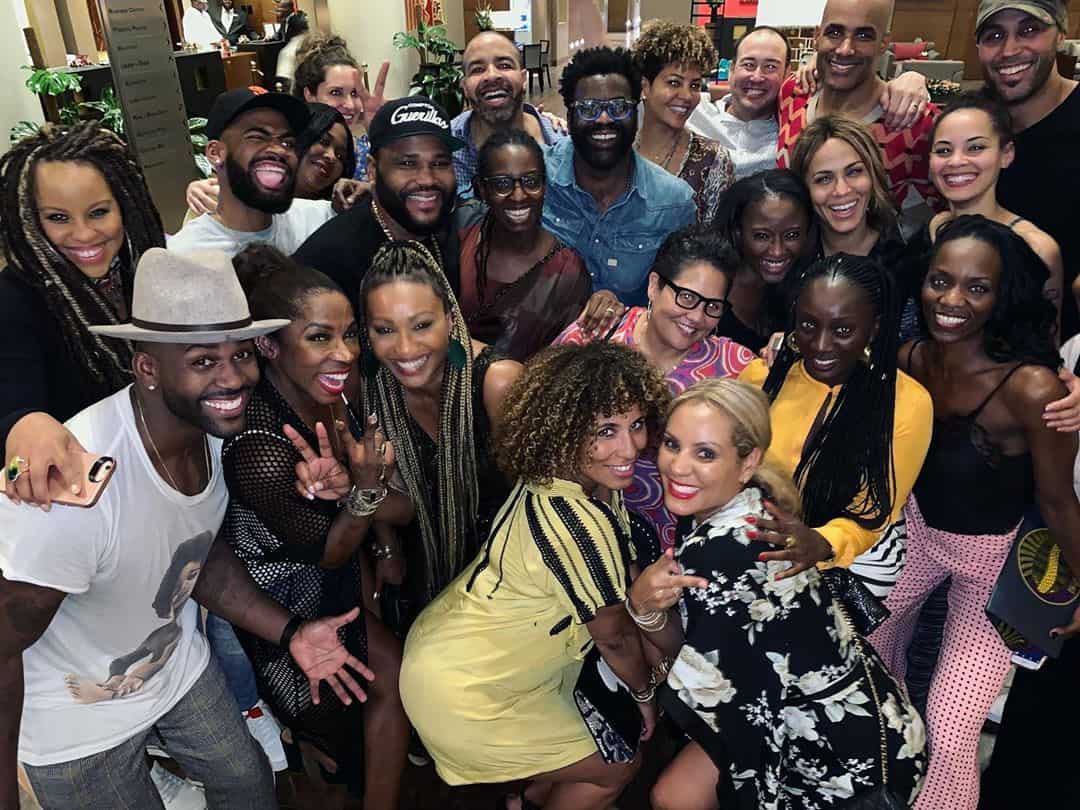
The name of the new festival sounded exotic, sexy even. There was a national playwriting contest on the theme of the Slave Trade. Under the Chairmanship of Ben Abdallah’s National Commission on Culture, drama competition included a students’ category.
That first PANAFEST was held in Elmina and Cape Coast. The winning plays were put up during the events and later followed up with run offs in Accra. The festival announced itself as essentially a cultural event dedicated to the enhancement of the ideals of Pan Africanism and the development of the African continent. Organized biennially, PANAFEST aims to establish the truth about the history of Africa and the experiences of African peoples using the vehicle of African arts and culture.
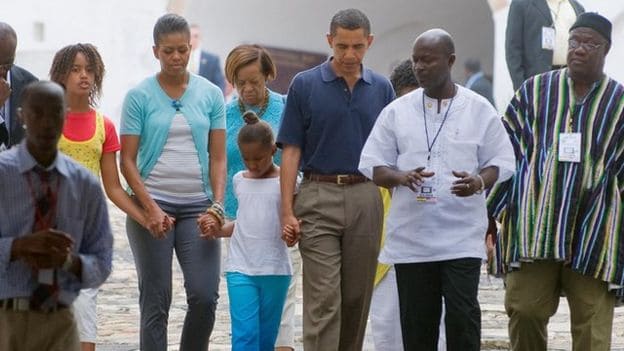
It provides a forum to promote unity between Africans on the continent and in the diaspora and to affirm the common heritage of African people the world over by defining and promoting the continent’s contribution to world civilization.
PANAFEST has since attracted a diverse assembly of people ranging from political leaders, eminent personalities, intellectuals, business concerns, investors and tourists. Central to the celebration are major international performing and visual artistes. Needless to say that popular African descended stars such as Isaac Hayes and Rita Marley not only came over to perform, they eventually made Ghana their home. In 1998 PANAFEST took on an additional ceremony, Emancipation Day making Ghana the first African nation to commemorate an African diaspora event that marks the abolition of slavery.
It is critical to note that in the past, PANAFEST has not always received adequate government support. Still, the event had stayed on course. In some of the celebratory years, the venues had gone beyond the Elmina-Cape Coast-Assin Manso triangle to include a few northern towns on the slave trade route. In 2001 for instance, an enthusiastic group of some thirty African Americans visited Paga. Led by Prof. James Small and Dr. Jeffries they visited the Nania Slave Camp.
Fresh from university and doing national service with the Ghana Tourism Authority in Bolgatanga, this writer was the liaison officer for that visit. The Paga Pio and his people honoured the home-comers with a memorable durbar. In the evening, a reception was held in the chief’s courtyard. Here, and to the amazement of onlookers, the African Americans lost all inhibitions and took over the nagla dance from the indigenous performers. They danced and danced and danced.
At the time it happened, the above episode did not capture the lens of the national media but it did capture the spirit of PANAFEST. Thankfully, this year’s PANAFEST features another homecoming expedition to the North. Outlining the focus areas of activities at the recent launch of the festival in Cape Coast it’s Executive Director Rabbi Kohain Halevi, charged Ghanaians to create a stimulating environment for the expected arrivals. He considered the relevance of the event as transcending the year period into an opportunity to examine the disruptions of African history.
In this year of return, one expects PANAFEST to lead in critical national conversations. Ghanaian society tends rather not to talk about issues related to slavery. Is it a good idea to start? Could we discuss reparations? How should we engage the castles of Elmina, Cape Coast and Fort Prinzeinstein, for instance? And why should visiting people of African descent at these Sites of Memory pay the same gate fee as the blue-eyed Caucasian from Europe?
Finally, there is the question of the youth. At both the launch of the Year of Return at Dubois Center as well as the launch of PANAFEST in Cape Coast young people stepped forward to express the same concern- ‘’what doors are our leaders opening for us?’’ One would, therefore, expect a vibrant engaging of this critical community of our human capital. To re-echo a statement by Prof. Esi Sutherland at the recent Cape Coast launch, ‘’PANAFEST is not only about the past. It is also about the future.’’
By: Kofi Akpabli


 Call Center
Call Center
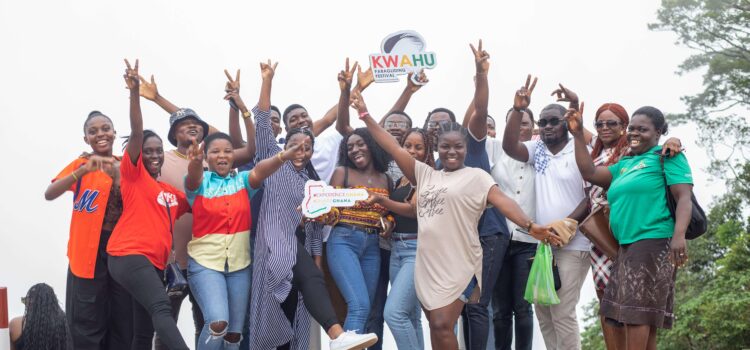
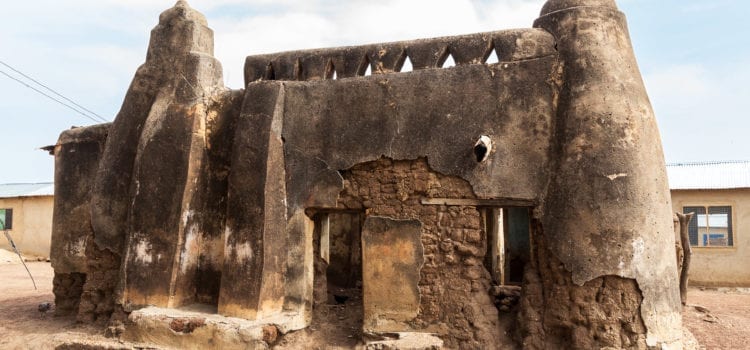
















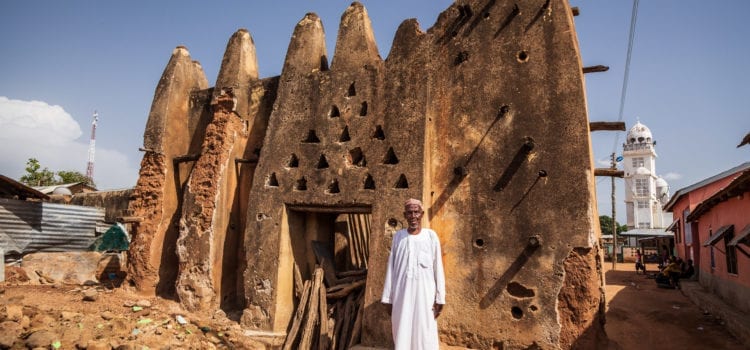
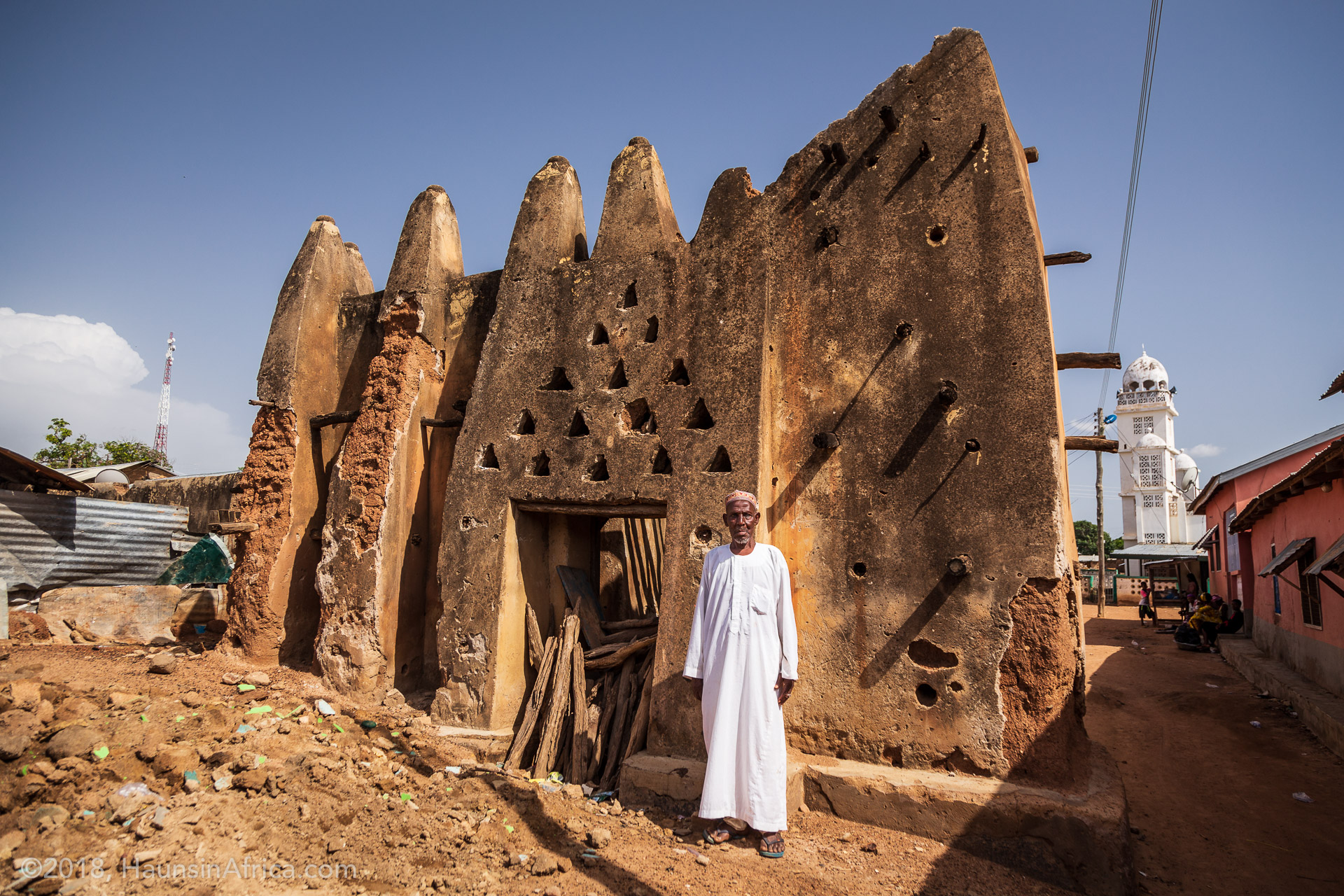
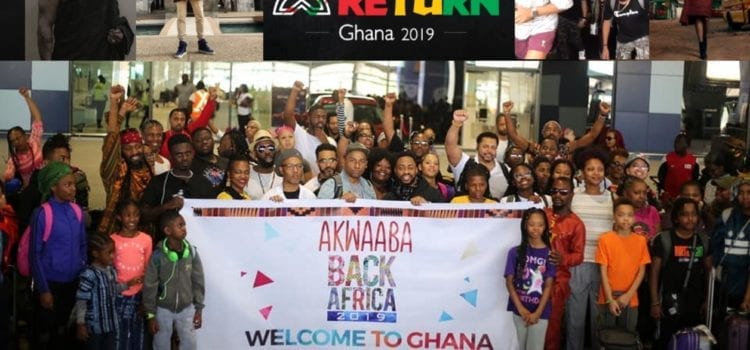
 Call Center: 0307007100
Call Center: 0307007100